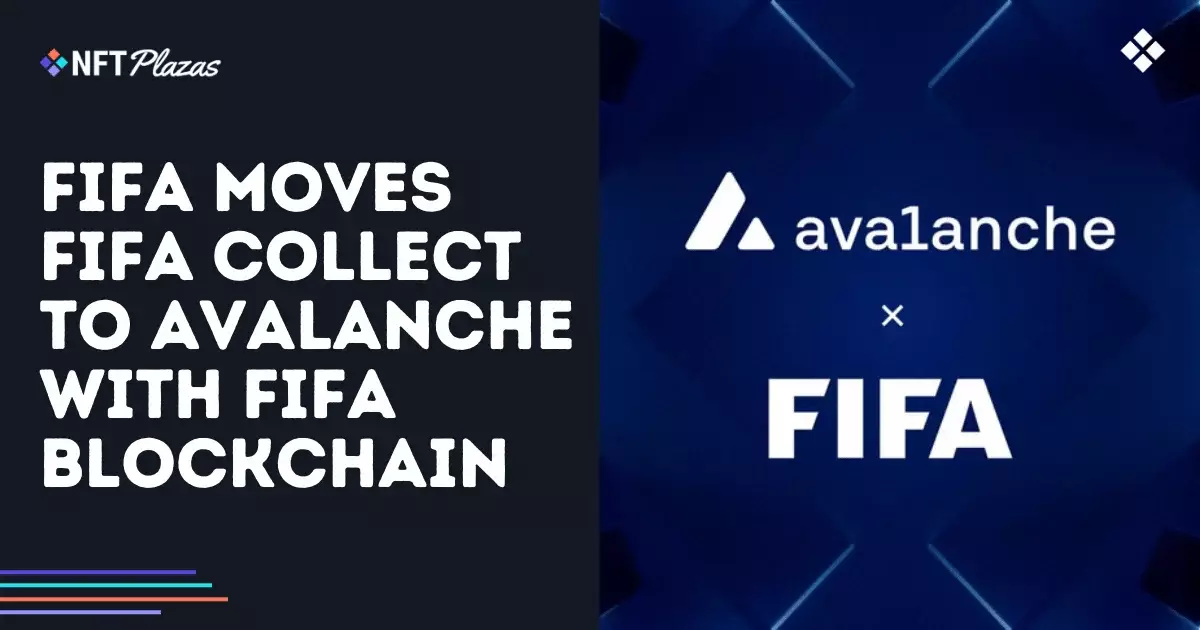In a transformative move that could reshape the landscape of digital collectibles, FIFA has announced the development of a custom Layer-1 blockchain in collaboration with Avalanche. This innovative infrastructure, aimed at supporting its FIFA Collect platform, signifies a shift not just in technology but in strategy. With the digital collectibles market booming, FIFA’s decision to abandon Algorand in favor of a bespoke blockchain opens a window of opportunity. But it begs an important question: is this bold initiative an unprecedented leap forward or a misguided overreach?
Migration Challenges: A Double-Edged Sword
Users of FIFA Collect now face the daunting task of migrating from their Algorand-based wallets to Ethereum-compatible options like MetaMask. This transition isn’t merely a minor inconvenience; it poses a significant challenge for users who must alter their established digital ecosystems and grapple with new wallet functionalities. While the intent is to streamline operations and provide a more user-friendly experience, the complications that arise from wallet migration could alienate a substantial portion of FIFA’s 5 billion-strong fanbase. In the fiercely competitive realm of digital collectibles, retaining user loyalty amid such disruptive changes requires impeccable execution—an area where FIFA must tread carefully.
Why Avalanche? Performance Matters
FIFA’s choice of Avalanche as a partner is not merely an anecdote—it’s grounded in the pursuit of performance, security, and scalability. Avalanche’s ability to handle custom Layer-1 chains provides FIFA with the autonomy to tailor its blockchain for future growth while ensuring compatibility with the expansive Ethereum ecosystem. The promise of lower transaction fees and rapid confirmation times appears tantalizing; however, one must ponder whether these specifications will genuinely translate into a superior user experience. While FIFA is strategically aligned with an innovative technology partner, the real test lies in execution. Will Avalanche maintain its touted performance levels, or will FIFA find itself grappling with the growing pains of a nascent technology?
The Future of Digital Engagement: A Double-Edged Sword
As FIFA positions itself to enhance user experiences, especially during high-traffic moments like international tournaments, the world watches intently. This initiative could either reinvigorate global engagement or exacerbate existing challenges around accessibility. By favoring Ethereum’s ecosystem, FIFA narrows its engagement field, as users must adapt to new technology within the context of established digital wallets. Such a dynamic could deter less tech-savvy fans, drawing a line between those who can thrive in this evolving model and those left behind.
FIFA’s foray into the realm of a custom blockchain represents not only an adaptation to the rapidly evolving world of digital collectibles but also a gamble on whether technology can outpace user adaptation. If successful, this bold venture could position FIFA as a leader within the digital landscape. Yet, if mismanaged, it risks disenfranchising a significant segment of its audience. Ultimately, the trajectory of this ambitious initiative will dictate whether FIFA’s foray into blockchain technology will be celebrated as revolutionary progress or critiqued as a misstep in its digital strategy.

